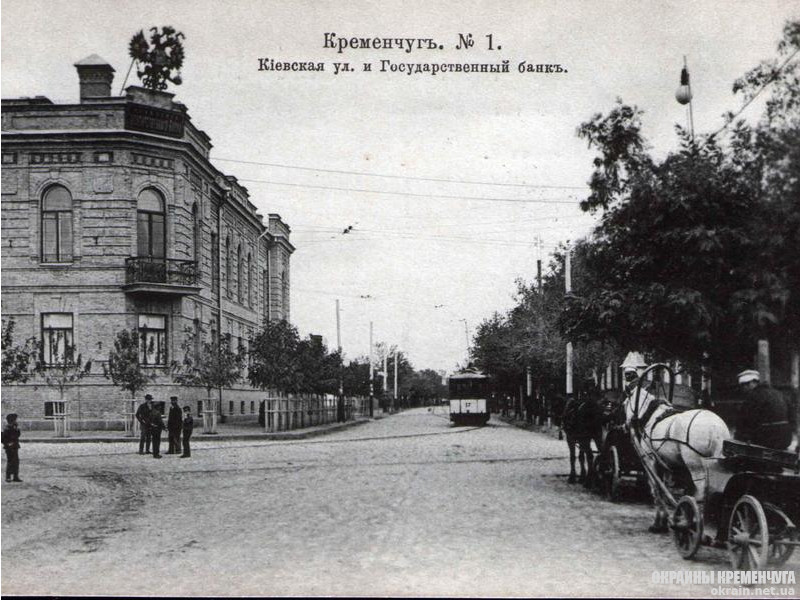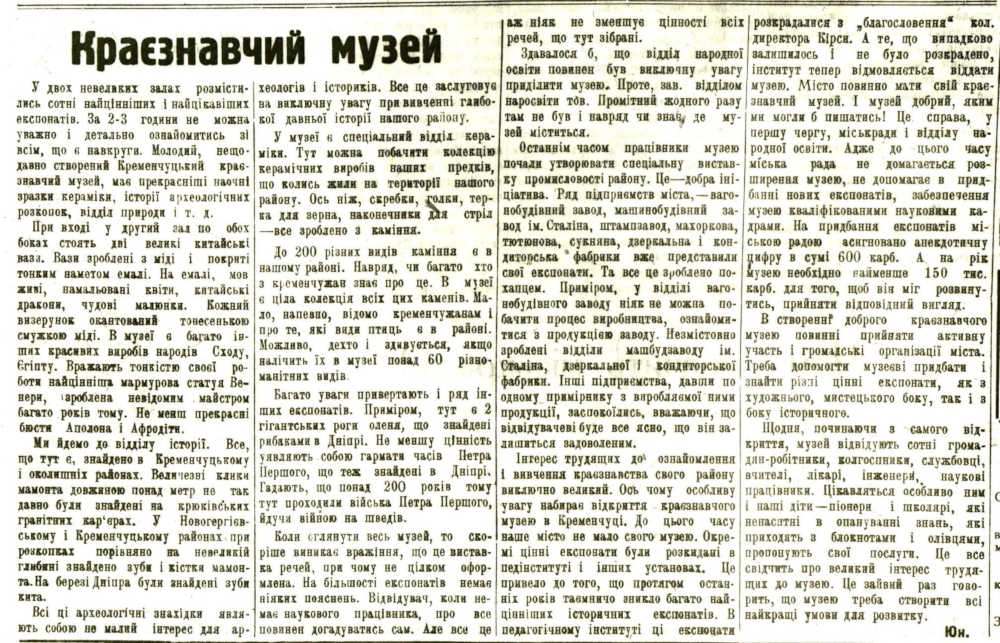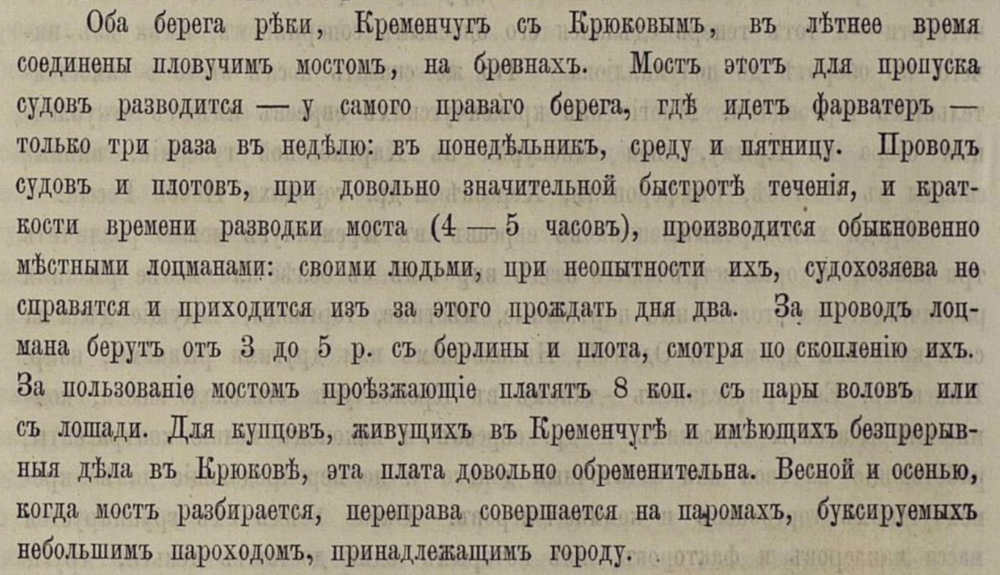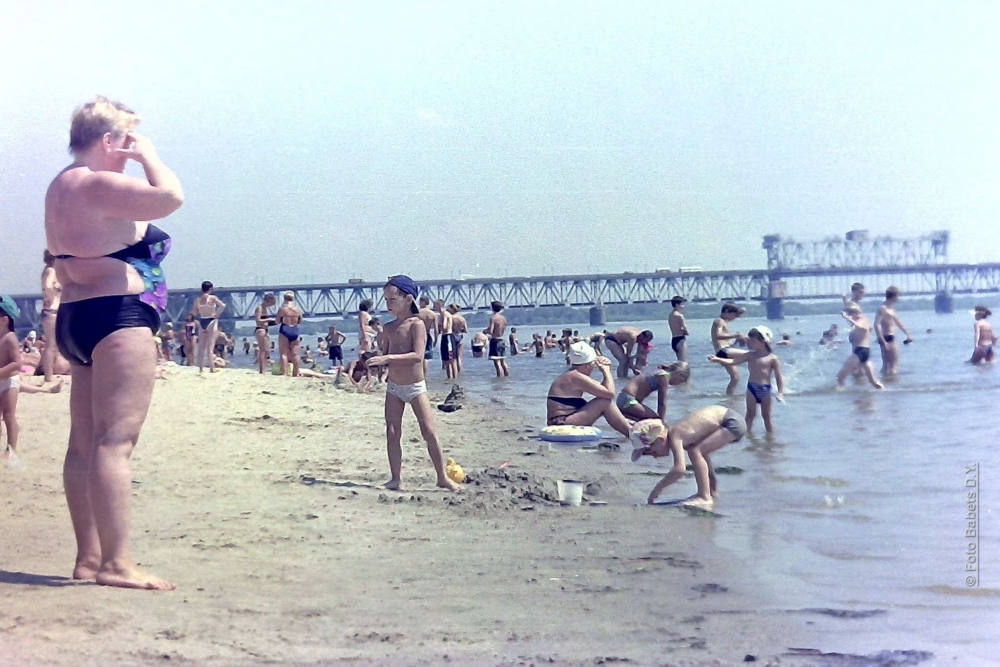
Authors: Kobzar Valentin Vladimirovich and Butko Nikolay Aleksandrovich
Some 100-150 years ago, when there was not yet a telegraph, a telephone, the most widespread in Russia and, of course, Ukraine was a postal type of communication. The population of a huge country exchanged postal correspondence in the form of letters, packets and parcels. A separate type of correspondence was postcards, which were called “open letter” or “postcard”. They were divided into ordinary ones that took place for the address and, in fact, a short letter, and artistic, kind, photographic, having a certain image or a congratulatory text on one side, a greetings, and on the back of the place for the address. Subsequently, the postal code fixed the standard form of the postcard and its size. Usually, in the territories of Russia, there were postcards in the size of 9 x 14 cm (on average). Let’s say, the postcards of JSC “Granberg in Stockholm” had a size of 8.6 x 13.6 cm, 8.8 x 13.6 cm, the publishing house of the counterpart A.S. Suvorin and K ° – 8.4 x13.7 cm, and the Universal Postal Union in Russia – 8.9 x 14 cm.
The subject of this article will be the postal kind of photographic cards that reflect the types of Kremenchuk-Kryuk and the events in them at different times.
As you know, [1.c 734] the mass production of illustrated photographic cards began in 1870 in Germany and France, and in Russia in 1895 the first postcards with the views of Poltava were published in 1897 [2, p. 797]. This was, unfortunately, an anonymous publication. Soon appeared the first postcards with views of Gadyach, Dikanka, Kostyantynograd, Kremenchug, Lohvitsy, Lubny and other cities and villages of Poltava region. So, one of the first postcards with a view of Kremenchuk is dated 1900 (by stamp). Left out of print approximately in 1899. Around these times there was a philo cardia – the collection of postcards.
Subsequently, philokarty became not only an interesting kind of capture of collectors, but also an invaluable source of information for historians, architects, scholars and ethnographers. At their request, a researcher or ethnographer can find plenty of information about the city’s construction, its architectural monuments, engineering structures, religious buildings, transport, communications, educational and medical institutions, samples of the time technology, industrial structures and especially so-called “Types”, that is, photographic images of people of those times (janitors, workers, peasants, military, aliens, craftsmen of various professions, policemen, beggars, blind musicians – kobzars, etc.).
From the sources it is known [2, p.798] that Kremenchuk and the post of Kryukov generally issued until the revolution of 1917 to 100 different types of postal photo albums. For comparison [2, p. 798] in Poltava – about 400 postcards, according to Gadyach, Lohvitsa, Lubny – 50 postcards. However, according to incomplete data of local collectors (M. Butko), in general, before the revolution (see List), about 270 different types of postal photographic and art postcards on Kremenchuk and Kryukov were issued.
Postcards with views of Kremenchuk-Kryukov were issued (see List) mainly by local and other typographies and distributed by postal and trade institutions:
- book store Amchislavsky and Blum,
- store E.H. Tolchinsky
- Shop “Knowledge” A.Yu. Bernstein
- the publishing house of the counterpart agency “AS” Suvorin and K °,
- publishing house of the Granberg in Stockholm,
- publishing house “D. P. Efimova “, the company” Scherer and Nabgolts “, etc.
The part of the postcards was made without the original information about the publisher.
Most postcards (pre-revolutionary) had the inscription on the title side: “the city of Kremenchug, the Poltava Lip” and then – the name of the object, which was depicted in the picture.
A certain portion of the postcards was issued in separate series (up to 20 or more units). Each postcard had the inscription “Kremenchuk № …” and the name of the object (see List).
At the same time, the numbers of the series of each publishing house did not coincide. Part of the leaflets had a greetings on the title: “Hello from Kremenchug. View of the city from the bird’s eye “or” Bow from Kremenchug. Headquarters and military infirmary “and so on.
There was also a separate series of artistic and photographic leaflets in the form of a butterfly or a flower, a poster or a car with the appropriate inscription “Hello from …” or “A bow from …”. A well-known postcard with the words “Hello from Ukraine”.
Separate series of leaflets had a translation of the name Kremenchug into a foreign language and written in Latin (in particular, leaflets from the publishing house “Scherer and Nabgolz”.
The vast majority of postcards from Kremenchuk to Kryukov before the revolution was black and white, sometimes a certain colored tint with inscriptions (black or red, etc.). A small part of the leaflets was on the edges of the field, but the majority – without the fields (as it was then accepted in other cities of Russia (after 1904). Separate series of leaflets were colored, made in photographic or lithographic fashion (for example, a series of leaflets E.H Tolchinsky).
The vast majority of postcards contained an image of the city of Kremenchuk. According to the post of Kryukov, cards were issued much less (up to 10 species).






